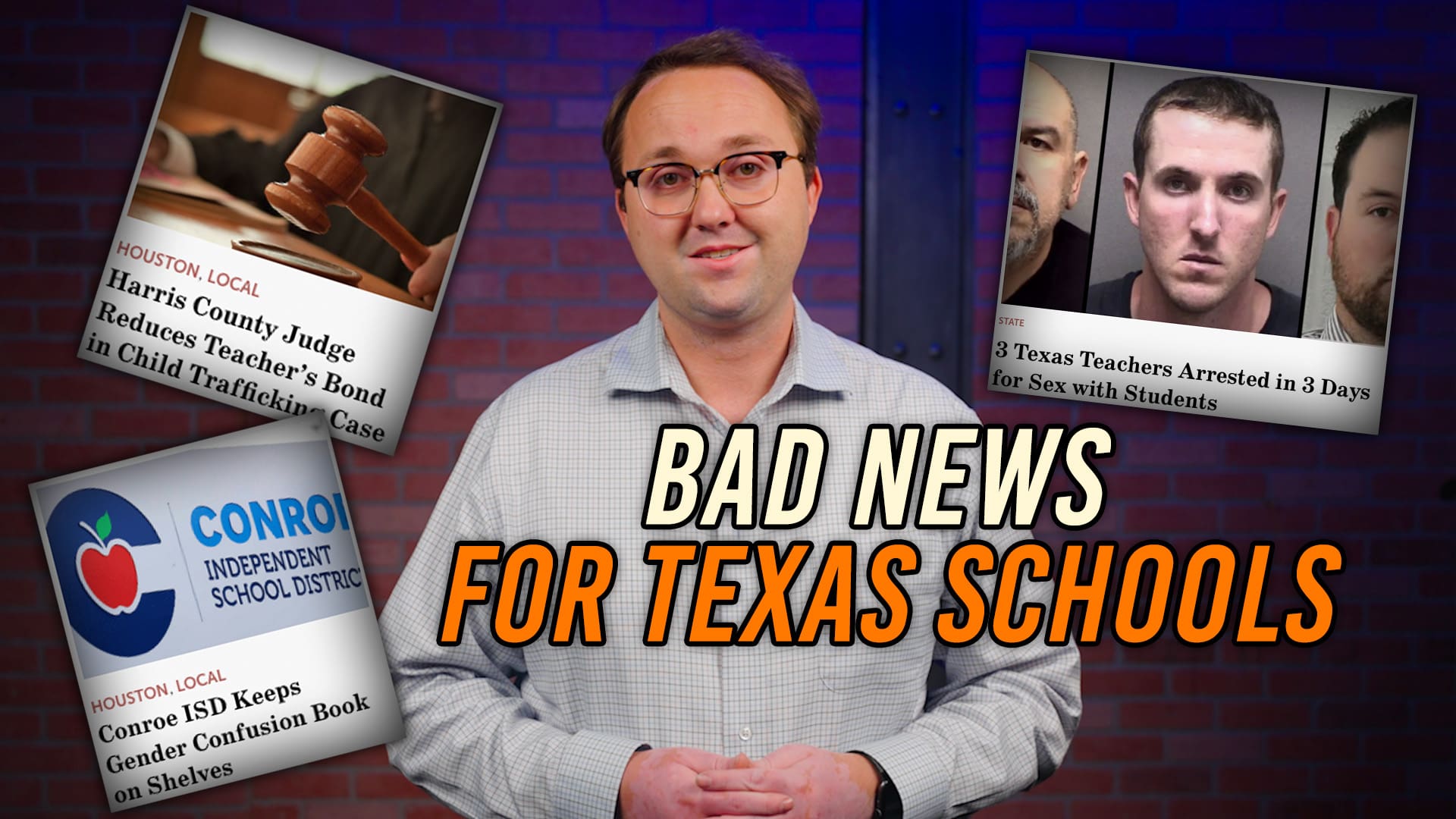At the same time Texans are being told there’s no more money for road building, the Texas Transportation Commission (TTC) of the Texas Department of Transportation (TXDOT) gave final authorization for $97 million of borrowed money going to an expensively ineffective streetcar project in El Paso.
The funds, approved by the Texas Transportation Commission, are to be allocated from the Texas Mobility Fund (TMF)—a major funding vehicle for the agency. The TMF is a funding stream unique to TXDOT that borrows against future revenue by issuing bonds.
The $97 million dollars in state money covers the total expected cost of the project. El Paso’s transportation authority, Camino Real Regional Mobility Authority requested the grant from TXDOT that will fund 5.6 miles of one-way trolley track running in two concentric routes from the University of Texas at El Paso (UTEP) to the Cincinnati Entertainment District (page 4 of agenda).
To put this number in perspective, TXDOT officials told lawmakers at a July hearing before the House Select Committee on Transportation Funding, Expenditures and Finance that the agency could receive around an extra $116 million a year if the legislature approved a $.01/gallon increase in the state’s motor fuels tax.
Put a different way, TXDOT allocated roughly one-tenth of the money it claims to require to annually maintain the entire system of Texas roadways.
To grant even more perspective, according to documents distributed at the TTC meeting yesterday in Dallas, here are 4 other projects TXDOT lists as “North Texas Key Projects” costing roughly the same amount as the $97 million from TXDOT for the El Paso trolley:
- Extension of SM Wright Freeway (informally known as “Dead Man’s Curve”) from SH 310 to I-45 in Dallas (Est. Cost $100 million)
- Add two additional freeway lanes on I-20 from SP 312 to I-30 split in Dallas. (Est. Cost: $100 million)
- Reconstruct and widen from 2 to 4 lanes adding interchanges to State Highway 121 from FM 455 to Collin/Fannin County line in northeast Collin County (Est. Cost: $100 million)
- Widen US 67 Cleburne East Loop from State Highway 174 to Spur 102 in Johnson County nearly 4 times. (Est. Cost: $28 million)
This profligate streetcar project allocation comes after a number of other questionable expenditures by the agency on projects that have nothing to do with public, non-tolled road and bridge right-of-ways.
Even more troubling is that the agency continues to claim it is broke. Commissioners speaking at the meeting constantly repeated praise for these projects while in the same breath claiming poverty of the agency. The agency’s flawed decisions could dissuade voters from supporting Proposition 1, the new transportation funding diversion that will be on state ballots this November.
Furthermore, with TXDOT’s recent inability to have a greater degree of public involvement, transparency, or disclosure on the impetus for many of its expenses, the public is left to wonder why an amount representing roughly a tenth of the agency’s annual expected maintenance budget was spent for a trolley. Does the City of El Paso streetcar system represent a compelling state interest?
Perhaps the agency vis-à-vis the commission is trying to “lock-in” favorable interest rates for Texas Mobility Fund bonds. By spending large amounts of borrowed money now, supporters of the agency’s actions could claim that it would be more expensive to borrow later. Because the commission has failed to give reasons justifying this expenditure or its use of TMF money in light of other funding challenges, taxpayers will never know.
What is known, is the hap-hazard nature of this project’s path to implementation. The “process” for the vetting of this boondoggle seemed to be a triumph of the “ignorance is bliss” method of governance with an apparent lack of local scrutiny and public input on the project. Despite, claims that the project has been vetted, it seems that TXDOT will proceed with another project the public opposes and no official going on-the-record as to the project’s origin.
Taxpayers should be asking, “why borrow at all if the money is spent on projects such as these, when other worthy projects exist?”
It is clear that without a transparent, accountable, and public process for project planning and development the department will consistently fail to earn the public’s trust of more tax money and continue to produce poor quality decisions that lack rhyme or reason. Taxpayers must ask the tough questions of their legislators and the agency to end TXDOT’s race to waste.




